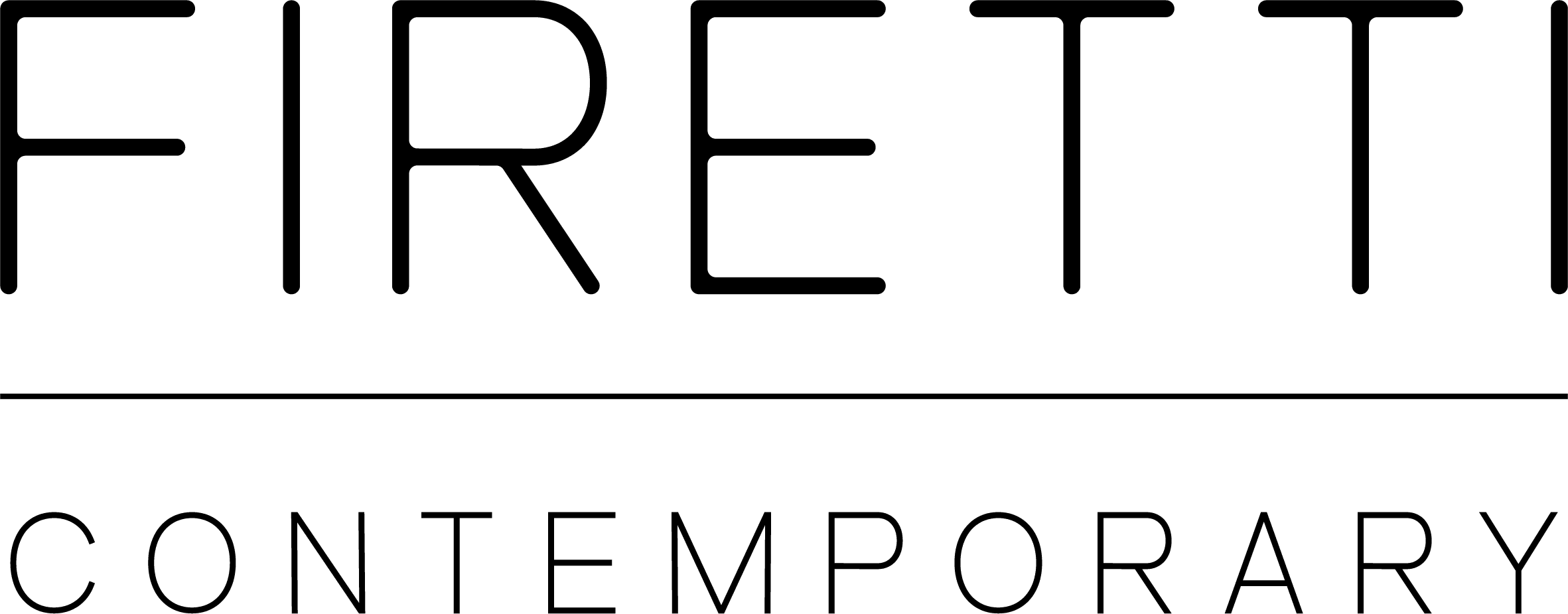Born in 1972, Annie Kurkdjian had to endure sixteen years of civil war within her homeland, Beirut, Lebanon. Her childhood was marked by the noise of bombs, terror, permanent insecurity and the inconsistency of ordinary things. Originally Armenian, Kurkdjian has previously faced the traumatism of the Armenian genocide through the history of her grandmother.
At the age of twelve, when her family was preparing to flee Lebanon for France, she lost her father. As a young adolescent Kurkdjian suffered from PTSD (Post Traumatic Stress Disorder) and realized that she had to find an outlet for the distress that was imprinted. After a period of trying to find her niche, leading through studies of management, art, followed by psychology and ultimately theology, Kurkdjian decided to turn the page in 2005 and started a new life as an artist, with regular expositions in France, Lebanon, Bahrain, Jordan and several other countries.
Kurkdjian paintings are sober and at the same time powerful, they portray beings in tortured postures, monstrous, grotesque. Sometimes they fixate on the beholder, with a numb eye and vaulted shoulders, as if harassed or lost. The subject of the works appear to be dissected and analyzed. They form shivery and poignant images. These big canvases breathing tragedy interrogate us about life itself, and compel the viewer to contemplate the process of creation. According to Kurkdjian, the answers lurk in the sincerity of the artistic approach: “Art is capable of sublimating everything, war, crime, shame, sickness and total hell”.

